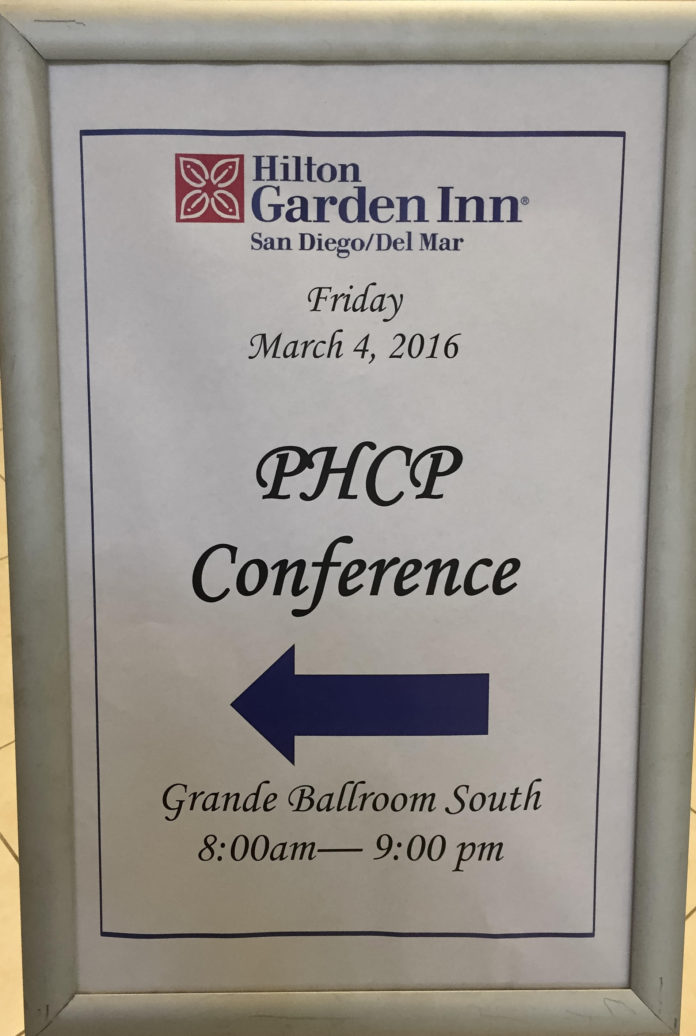Several months ago I saw an event post on Facebook regarding the 2016 Pacific Hoof Care Practitioners Conference in San Diego, CA. When the event information came across my news feed, I felt compelled to attend. The lineup of speakers looked phenomenal featuring Dr. Deb Taylor, Dr. Hilary Clayton, nutritionist Carol Layton, Garrett Ford of EasyCare, and more. The venue was set to be top notch, in sunny San Diego and located in large part at the beautiful Arroyo Del Mar, training facility of Shannon and Steffen Peters.


Top that off with the opportunity to visit with friends and colleagues, this conference was too good to pass up.

This educational event was a hoof care provider’s dream. I was incredibly impressed with how smoothly the conference ran, and how lovely San Diego is this time of year.

I was also impressed with the diversity of attendees. Veterinarians, barefoot trimmers, farriers, body workers and more. The information presented was diverse in subject matter, and valuable not only for my own personal knowledge, but also gave me a broader understanding on several topics that will directly help me help my clients’ horses as well. Here are a few of the gold nuggets I took home.
Among many wonderful topics, Dr. Deb Taylor discussed negative palmar P3 angles and brought with her 3D-printed digital cushions. Note the difference between the digital cushion on the left, lacking mass and substance, and the digital cushion on the right, which is more robust. It was a fantastic way to fully visualize how important the mass of the digital cushion is to the foot of the horse. If my horse’s foot had the digital cushion of the model on the left I’d have a lot to worry about. A robust digital cushion is critical to a healthy palmar P3 angle and straight hoof pastern axis.

Dr. Hilary Clayton discussed several interesting topics, one of which was “Biomechanics of the Hoof-Ground Interaction”. There were two statements she made that stood out to me in particular.
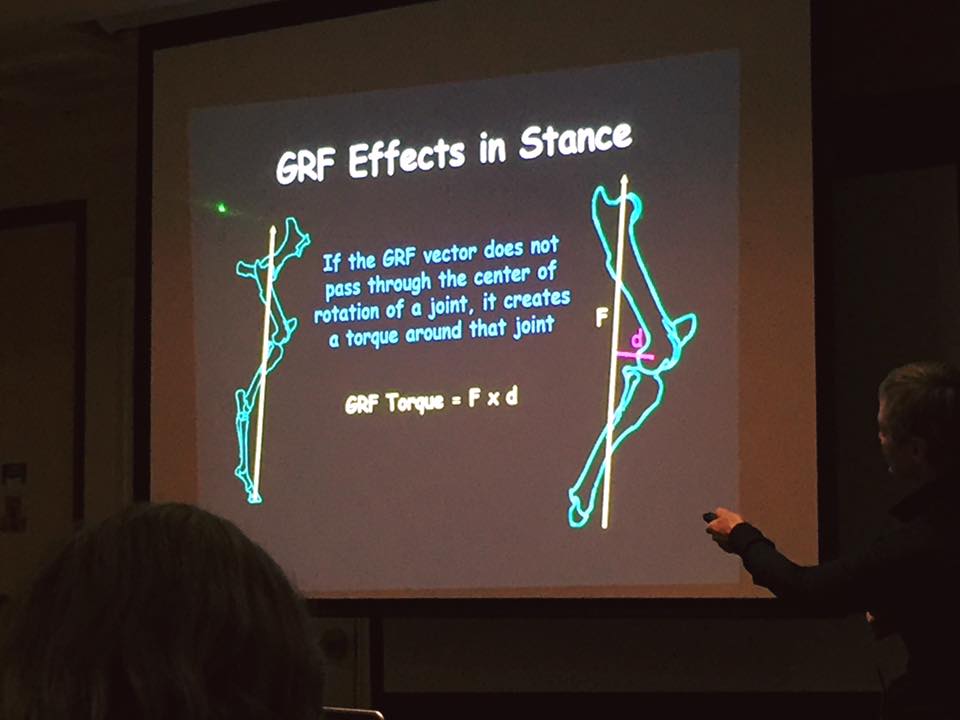
If the Reaction Force vector does not pass through the center of rotation of the joint it creates a torque around the joint that the soft tissue has to oppose’. Dr Hillary Clayton, PHCP Conference 2016.
This statement brings home the importance of a balanced trim and how a thorough understanding of anatomy and locomotion for the hoof care provider is critical to the health and soundness of the horse.
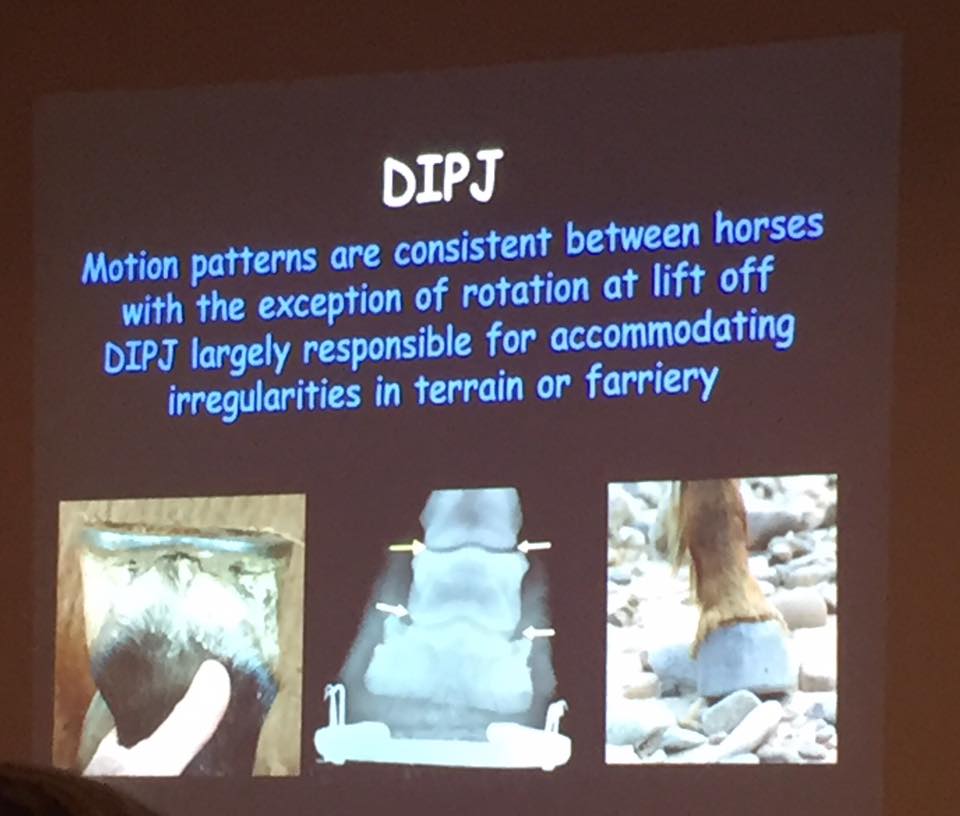
‘The Distal Interphalangeal Joint is largely responsible for accommodating irregularities in terrain or farriery but not day after day, step after step’. Dr. Hillary Clayton, PHCP Conference 2016.
This statement by Dr. Clayton highlights our responsibility as hoof care providers to respect the living tissue of the horse, and to remember how our work significantly impacts not only the soundness of our animals today, but long into the future.
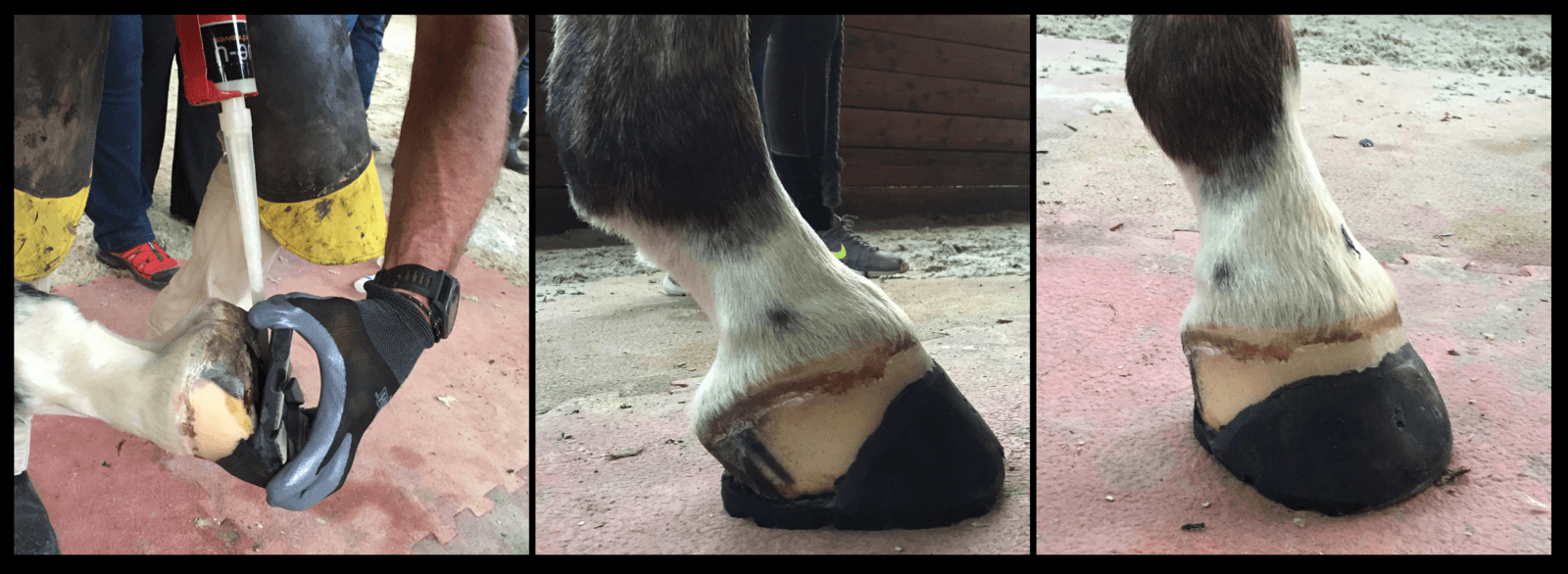
Garrett Ford’s demonstration of some of the latest and greatest glue-on composite shoe options for horses was enlightening. Any one of us can take a boot or shoe and apply it with success to the foot, but the benefit of watching an expert like Garrett apply a specific product can take a good application by any one of us and make it great. It’s the small details that make the difference. I appreciated watching his shoe selection when applying the new Flip Flop, especially how he adjusted the back of the shoe for appropriate fit with a buffy. It was also helpful to watch how he applied the Glu-U Shufill packing to the front half of the foot, leaving the back half open so dirt and debris wouldn’t get under the front of the shoe, but could still easily fall out of the back.
Carol Layton discussed nutrition for the horse and diet, especially as it relates to Insulin Resistance and PPID.
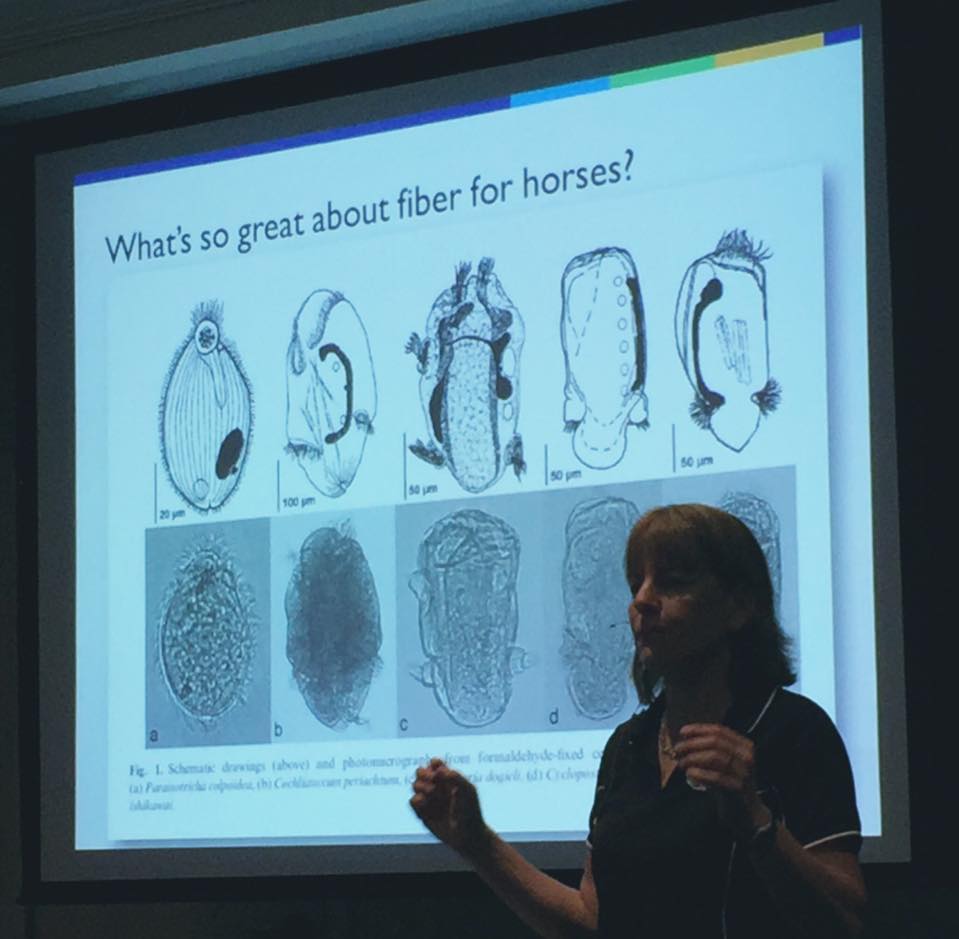
‘Horses are designed to be trickle feeders, the worst thing we can do is feed them sporadically’ Carol Layton, PHCP Conference 2016.
She showed us photos and video of the micro-organisms with their anatomical parts, searching and eating, living their life in the horse’s gut. It was fascinating, and highlighted the importance of having the right micro-organisms in the digestive tract of the horse. Especially as it relates to the insulin resistant horse being on a “diet”. Commonly, these horses are on calorie-restricted diets, which means they don’t eat all day long. She emphasized the importance of using an appropriately low ESC + starch forage fed at a rate of 1.5% of the horse’s body weight per day in a slow feeder net so they nibble constantly.
There are too many gold nuggets of information to highlight them all here. I encourage you to consider attending the next PHCP Conference in 2018.


